If we are to restore the world’s forests, we must first address the drivers of forest degradation. That means people must be able to get more value from growing trees than other land-use alternatives. This point is so often missed in the carbon industry. Yes, maximizing carbon sequestration is an important mechanism for climate change mitigation. But a myopic focus on carbon alone does not offer a long-term solution to forest restoration. After all, if a land steward cannot get lasting value from trees, then why would they bother to grow them, let alone keep them in the ground?
This reality has shaped our entire approach to reforestation. It has led us to build a model in which the farmers we work with get short, medium, and long-term benefits from the trees they grow. In the short-term, this benefit comes from carbon payments. In the medium and long-term, this benefit comes from forest products such as seeds, timber, and crops. Farmers can either sell these products on national and international markets. Or they can set them aside for personal use, including for fuelwood and construction materials. We refer to the process of transforming forest products into something that creates value for farmers as a ‘forest value chain’.
Our theory of change is that the world’s forests will only be restored if people can improve their livelihoods by growing trees.
The importance of unlocking access to forest value chains
When a reforestation project ensures that land stewards can access forest value chains, it addresses two key dimensions of carbon credit quality. The first is durability—the confidence that carbon will stay sequestered over time. The second is co-benefits—the additional impacts that are created beyond carbon.
Unlocking access to forest value chains creates durability by changing the outlook on land-use dynamics. Forests become a lasting source of value that outweigh other land-use alternatives, making reforestation a viable land-use opportunity. That value endures during a land steward’s own lifetime, their children’s lifetime, and even their grandchildren’s. Thus, people purchasing and using the project’s carbon credits can trust that they are investing in long-term climate impacts.
Forest value chains further enhance credit quality by creating other social, economic, and environmental impacts beyond climate. Developing forest value chains allows livelihoods to be improved, community jobs to be created, and for ecosystems to grow stronger, to name a few co-benefits. It allows us to think holistically about impact rather than through carbon exclusively. Below, we examine exactly how these co-benefits manifest in our flagship project: the CommuniTree Carbon Program in Nicaragua.
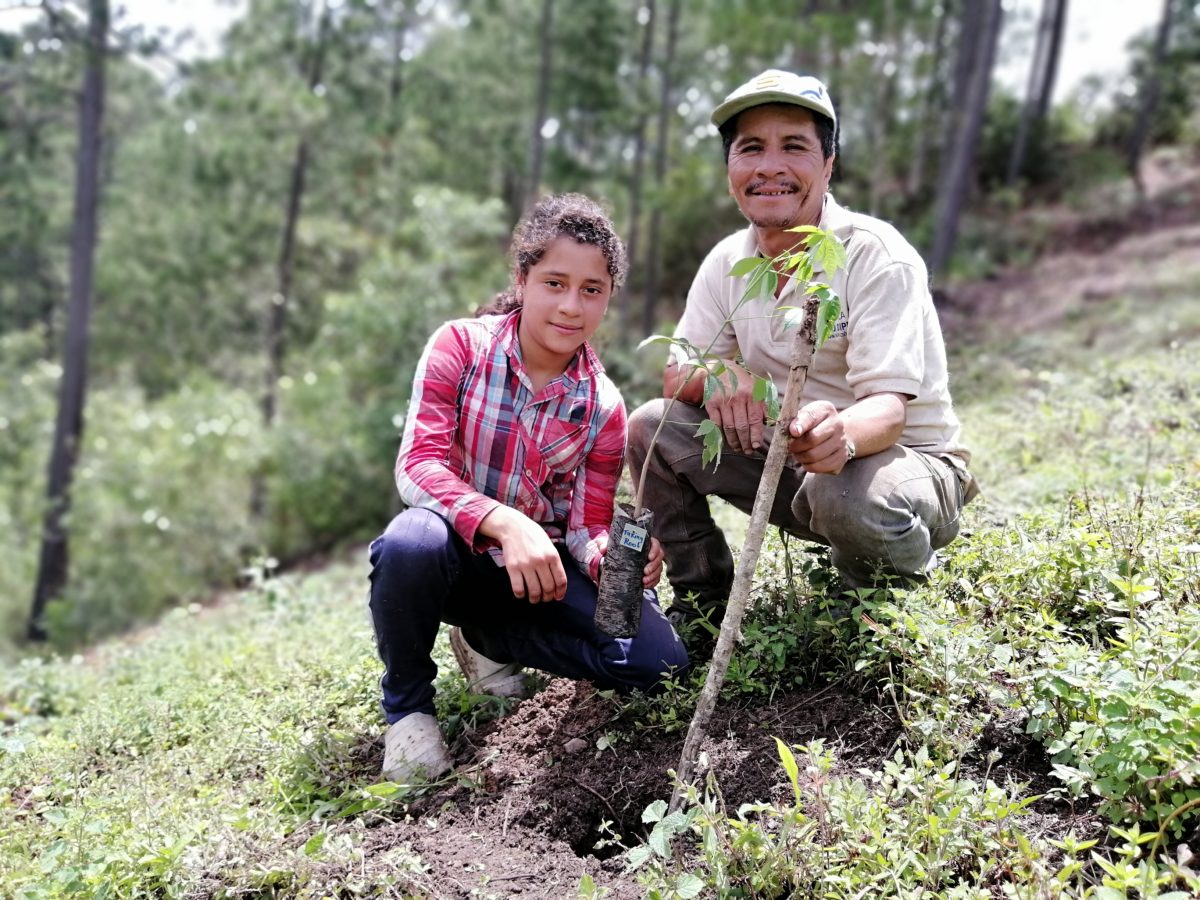
Forest value chains and livelihood benefits
In CommuniTree, value chains are strategically integrated into the project design. For example, CommuniTree’s mixed species parcels contain several native, slow-growing species that will grow and sequester carbon for many years to come. They also contain native, fast-growing species. Some of the fast-growing trees are thinned six years after planting, and around every two years thereafter. Trees are cut at the base, and farmers sell the offcuts to be made into forest products such as biochar, fence posts, planks, and boards. The trees regrow quickly because the roots are already established , providing a source of income that is both economically and environmentally sustainable.
Vanessa Milost, CommuniTree’s value chains project manager, says: “building out forest value chains is helping us get more value to farmers so that growing trees is a viable and attractive opportunity over the long-run. In turn, this helps create stronger climate impact alongside a series of other co-benefits.”
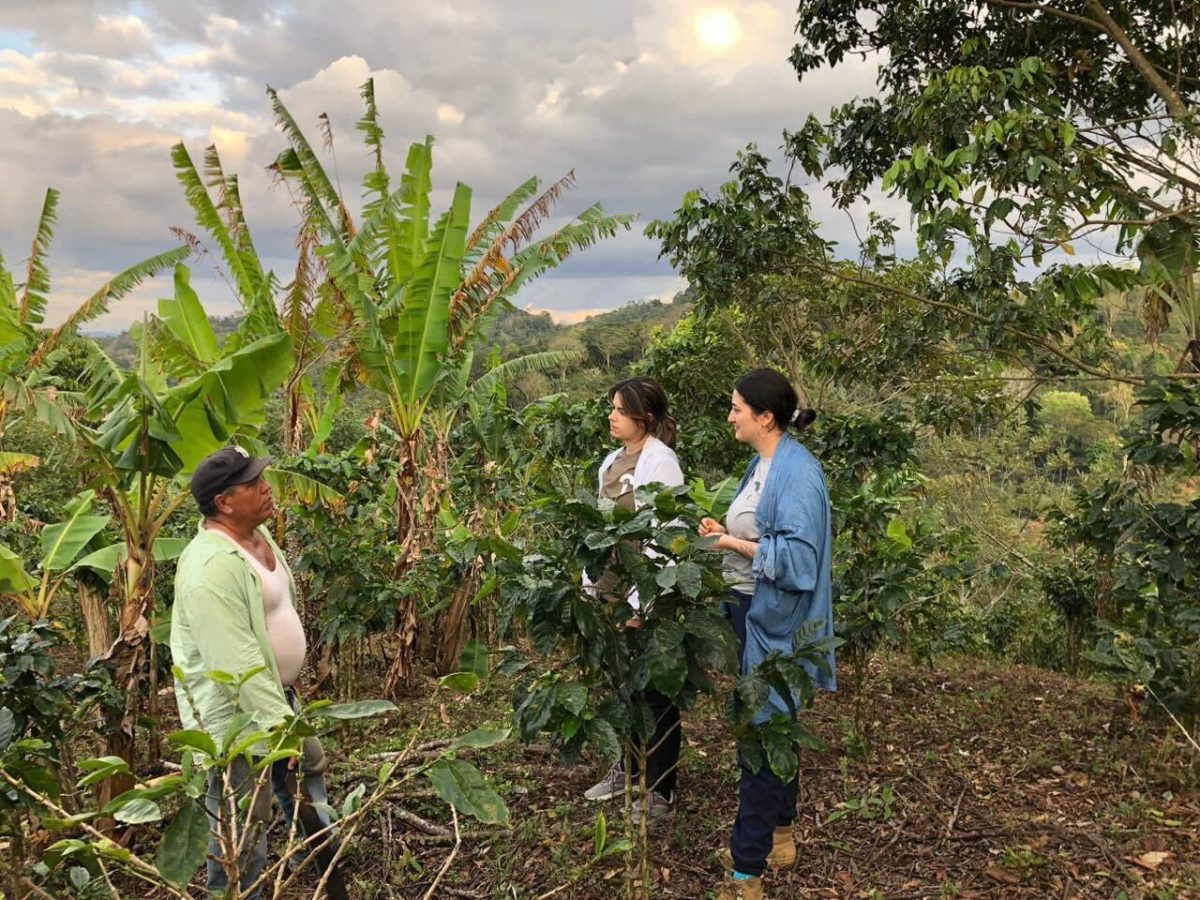
It’s not just thinnings that bring value. Trees must be pruned four years after planting to promote growth. The by-products provide farmers with a sustainable source of firewood that can be used by their own household for cooking and heating. This is a superior alternative to illegally harvested firewood, which is a major driver of deforestation in Nicaragua. Trees that are 15 to 20+ years old can be selectively extracted and sold as high-grade timber. APRODEIN, our reforestation partner in Nicaragua, has a processing facility to mill the wood purchased from farmers so it can be made into furniture and other wood products. In 2022, forest products such as coffee and thinnings earmarked for biochar generated over $80,000 in additional income for CommuniTree’s farmers.
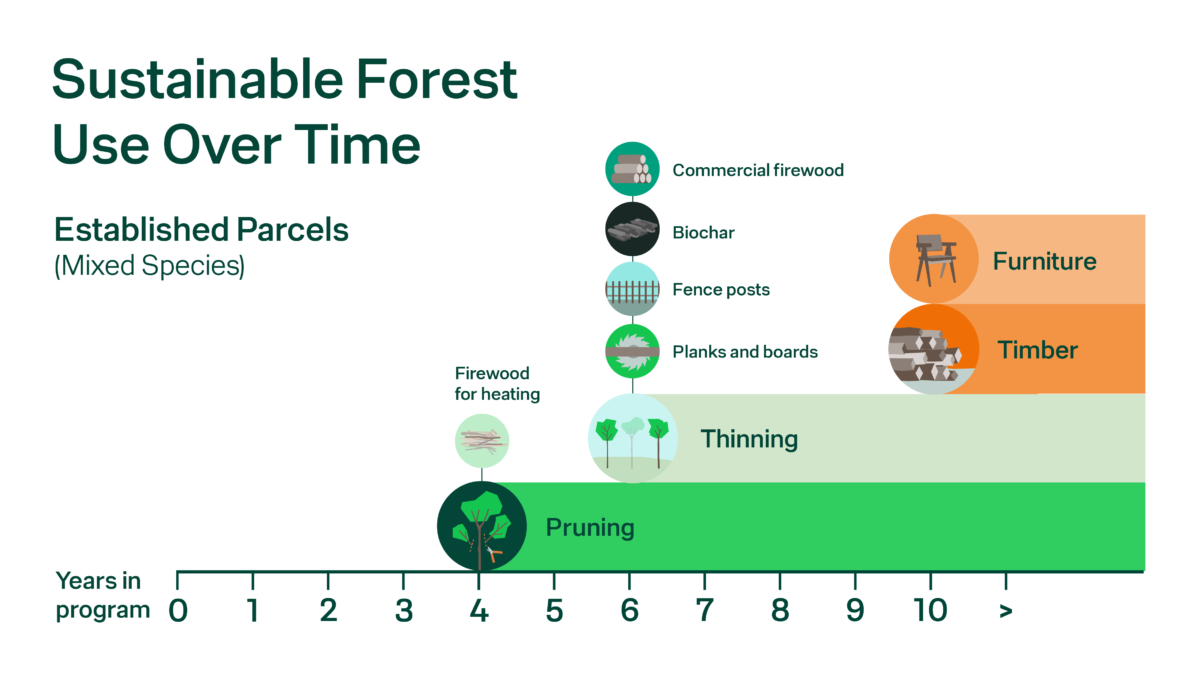
Forest value chains and economic benefits
In addition to improving farmer livelihoods, forest value chains have wider economic benefits. For one thing, they create new employment opportunities within the local community. APRODEIN has hired over 20 permanent employees to manage forest value chain activities, plus a roster of seasonal workers—all jobs that would not have otherwise existed.
The forest products made by APRODEIN are then commercialized, generating extra revenue to be re-invested into the project. For instance, between May 2020 and November 2022, the thinnings purchased from farmers were converted into 43.53 tonnes of biochar. This biochar formed the basis of an organic fertilizer mixture, some of which was sold for over $7,500, with the rest applied across CommuniTree to improve tree survival and growth. Value chains therefore work as a circular economy, transforming waste into a product of financial worth.
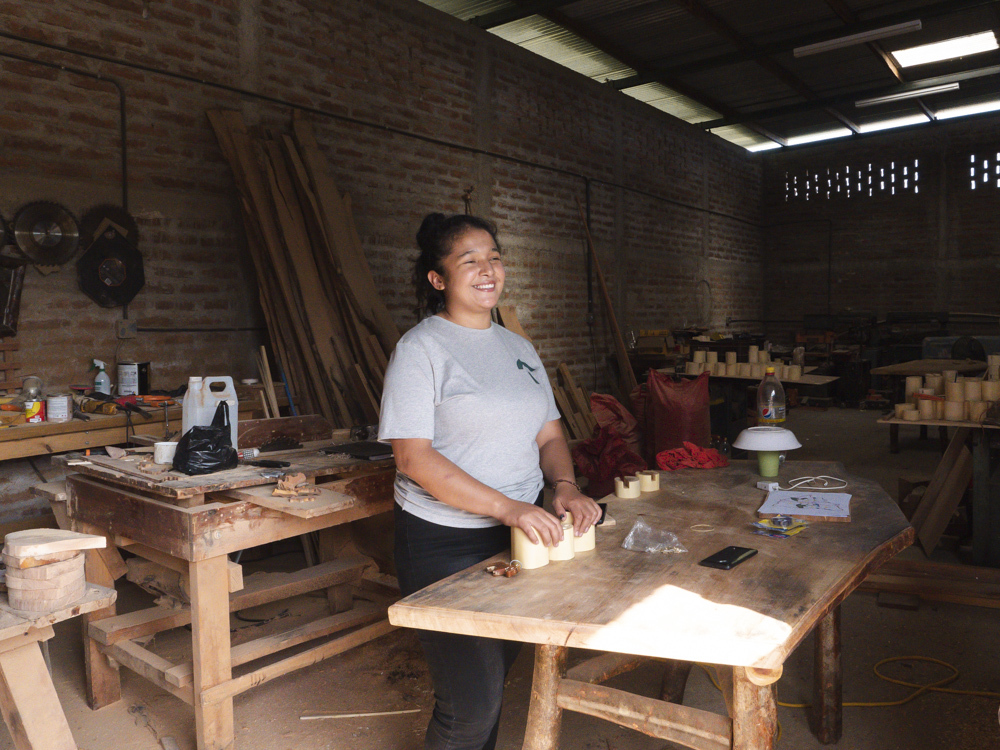
Forest value chains and environmental benefits
Although pruning and thinning trees might sound counter-intuitive, it is essential to the reforested parcel’s success. CommuniTree’s planting designs contain a high density of trees. This provides a buffer in the event of tree mortality and allows farmers to get more value from their forests. Pruning and thinning deliver this value, and ensure optimal growth and survival by releasing nutrients, resources, and space for the remaining trees. Consequently, these trees grow stronger and sequester more carbon than those grown in parcels with little-to-no silvicultural intervention.
Further carbon is stored across the project thanks to the biochar produced from thinnings. Biochar is added to the soil as a fertilizer substitute at the time of planting. It is incredibly carbon-stable, meaning the carbon is locked in the ground when buried. We do not include biochar in our carbon models, meaning it’s likely that more carbon is being sequestered than what is reported. Due to its porous qualities, biochar absorbs moisture and nutrients in the soil when they are abundant and releases them when they are scarce. This improves tree health across the project, which in turn means more trees survive and greater carbon impacts are achieved.
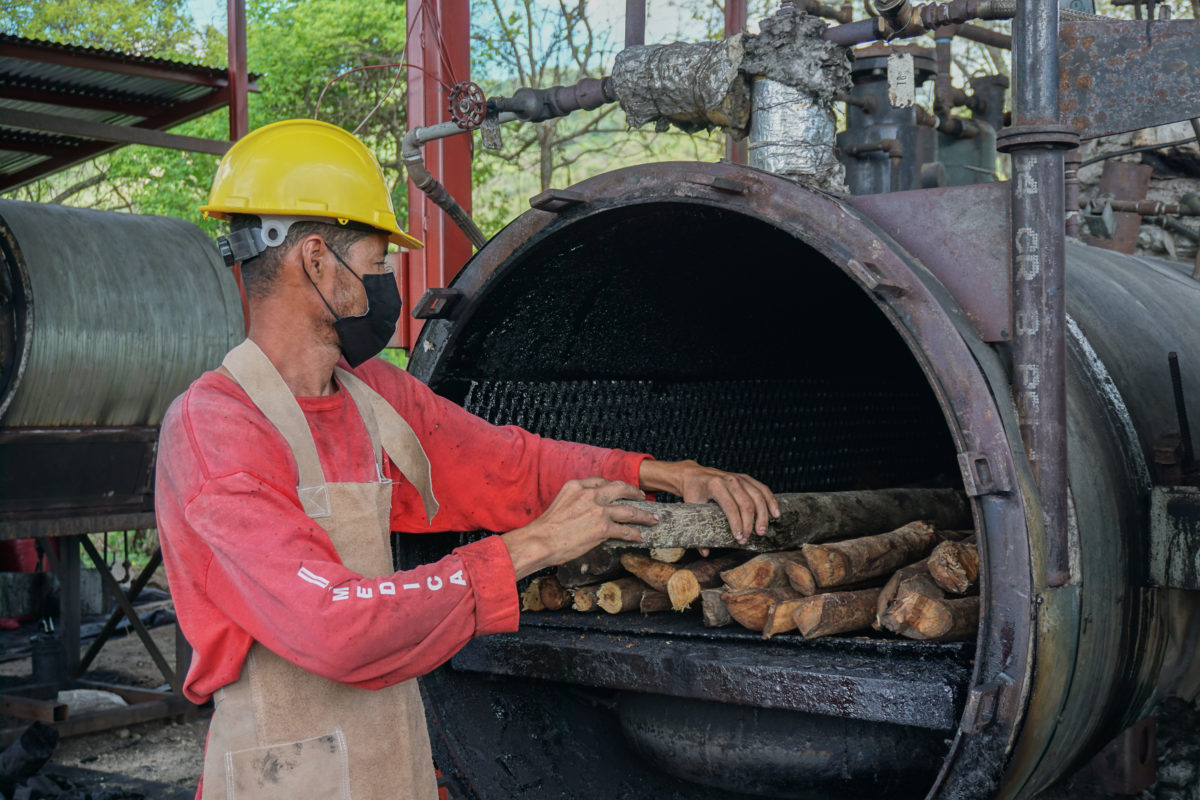
Value chains must be a priority if we are to restore forests
Value chains open the door to a holistic approach to forest carbon removals. As outlined above, they hold livelihood, economic and environmental benefits, all of which are hallmarks of high-quality carbon credits. But more than that, they transform reforestation from a luxury that few can afford into an attractive land-use option for land stewards. The trees then become a co-investment for the entire family, providing the necessary incentives for farmers to join the project, and to maintain their forests as a legacy for the future generations to come.
Because of this, building CommuniTree’s value chains continues to be a priority for the project, as it will be for all carbon removal projects we develop. This increases the durability of our carbon credits by ensuring long-term value for farmers and their families. Only then can we solve the root cause of the problem and reverse the drivers of forest degradation. Only then can we create lasting impacts that benefit farmers, corporates, and of course, the planet.